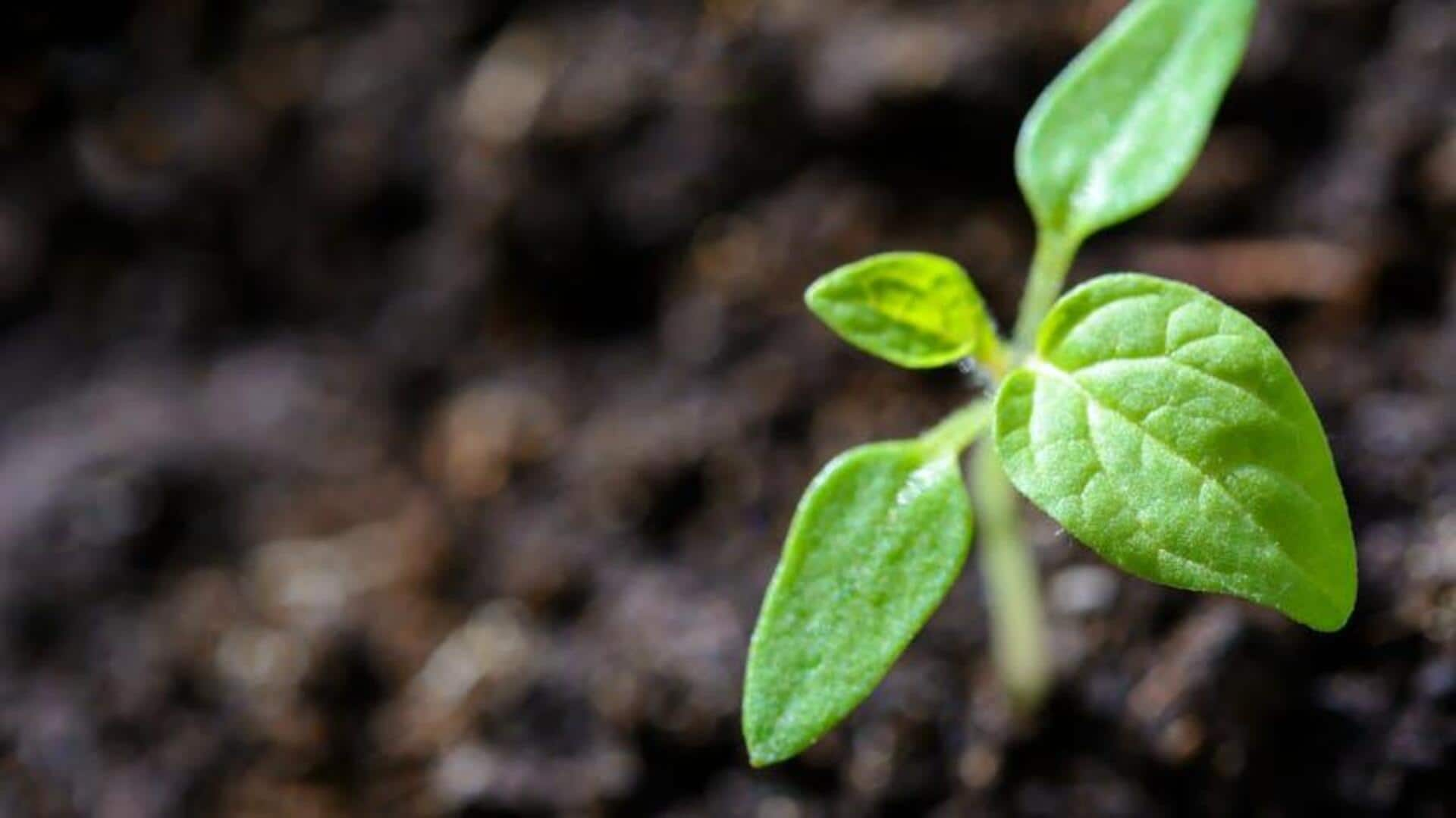
5 homemade fertilizers for indoor plants
What's the story
Creating homemade fertilizers for indoor plants can be cost-effective and sustainable to nourish your greenery. Using everyday household items, you can provide essential nutrients to promote healthy growth. Not only does this save you money, but it also reduces waste by repurposing materials that might otherwise be discarded. Here are some practical tips to help you craft effective homemade fertilizers for your indoor plants.
Tip 1
Using coffee grounds as fertilizer
Coffee grounds are rich in nitrogen, which is good for plant growth. After brewing your coffee, let the grounds dry out and sprinkle them on the soil of your indoor plants. This method improves soil structure and provides a slow-release source of nutrients. But use them sparingly to avoid over-acidifying the soil.
Tip 2
Banana peels for potassium boost
Banana peels are a great source of potassium, essential for plant health. To use banana peels as fertilizer, chop them into small pieces and bury them in the soil around your plants or soak them in water to prepare a nutrient-rich tea. This practice strengthens plant stems and promotes overall growth.
Tip 3
Eggshells as calcium supplement
Calcium carbonate present in some kitchen scraps can help keep blossom end rot at bay in plants such as tomatoes and peppers. Crush clean pieces into fine bits and mix them into the potting soil or steep them in water overnight to make a calcium-rich solution. This addition supports strong cell walls in plants.
Tip 4
Epsom salt for magnesium enrichment
Epsom salt is made of magnesium sulfate, which helps plants produce chlorophyll and absorb nutrients. Simply dissolve one tablespoon of Epsom salt in four liters of water and use this solution to water your indoor plants once every month. This easy step can improve the color of leaves and their overall health.
Tip 5
Compost tea from kitchen scraps
If you're looking for an effective way to recycle kitchen scraps into liquid fertilizer, compost tea is your best bet. Simply, collect vegetable peels, fruit scraps, and other organic waste materials; place them in a container with water; then let it steep for several days, stirring occasionally, before straining out solids when ready to use on potted houseplants' soils directly, providing essential nutrients naturally.